
Ingredient
Ling
The Delicate Delight
Ling is a lean fish with a delicate, flaky texture and a mild, slightly sweet flavor. Its flesh is white and tender, making it perfect for grilling, baking, or pan-frying. It pairs well with a variety of flavors and can be used in both traditional and contemporary recipes.
Origins and history
Ling is a species of fish found in the North Atlantic Ocean, particularly in the waters around the British Isles. It has been a popular ingredient in British and Scandinavian cuisines for centuries. Ling has a rich history in seafaring communities, where it was often caught and consumed by fishermen and their families.
Nutritional information
Ling is a low-calorie fish that is a good source of protein, omega-3 fatty acids, and essential minerals such as selenium and phosphorus. A 100-gram serving of ling provides approximately 90 calories.
Allergens
Ling does not contain any known allergens.
How to select
When selecting ling, look for fish with firm, translucent flesh and a fresh, clean smell. The skin should be shiny and free from any discoloration or blemishes. Avoid fish with dull or sunken eyes, as it may indicate poor quality or age.
Storage recommendations
To maintain the freshness of ling, store it in the refrigerator at a temperature between 32°F and 38°F (0°C and 3°C). Keep the fish wrapped in moisture-proof paper or plastic wrap to prevent it from drying out. Use it within 1-2 days of purchase for the best quality and flavor.
How to produce
Ling is primarily caught in the wild, but it can also be farmed in some regions. To produce ling, specialized fish farms create suitable marine environments that mimic the fish's natural habitat. The fish are fed a balanced diet to ensure their growth and health.
Preparation tips
Ling can be prepared in various ways, including grilling, baking, poaching, or pan-frying. It is often marinated or seasoned with herbs, spices, or citrus to enhance its delicate flavor. Ling fillets can be used in fish stews, soups, or curries, while whole ling can be roasted or steamed. It pairs well with flavors like lemon, garlic, dill, and white wine.
Substitutions
Cod, haddock, or hake can be used as substitutes for ling, as they have similar textures and flavors. However, they may not provide the exact taste experience of ling.
Culinary uses
Ling is commonly used in traditional British dishes such as fish and chips, fish pies, and fish stews. It is also popular in Scandinavian cuisine, where it is often served with creamy sauces or pickled vegetables. Ling can be incorporated into various recipes, including salads, pasta dishes, and Asian-inspired fish preparations.
Availability
Ling is commonly available in the North Atlantic region, particularly in the coastal areas of the British Isles, Norway, and Iceland.
More ingredients from this category

Whiting
The Delicate White Fish

Tusk
"The Ivory of the Sea: Exploring the Delicate Flavor of Tusk"
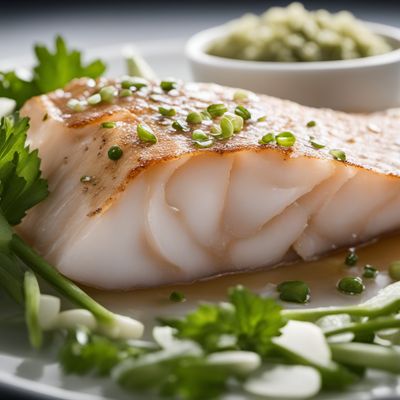
Haddock
The Versatile White Fish

Norway pout
The Silvery Delight: Exploring the Culinary Wonders of Norway Pout
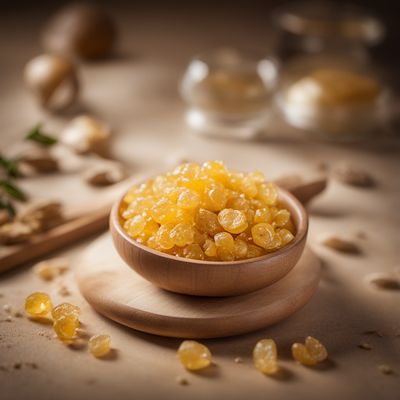
Hakes
The Versatile Hake
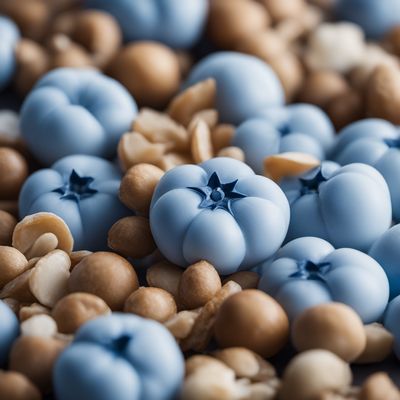
Blue whitings
The Ocean's Silver Delight
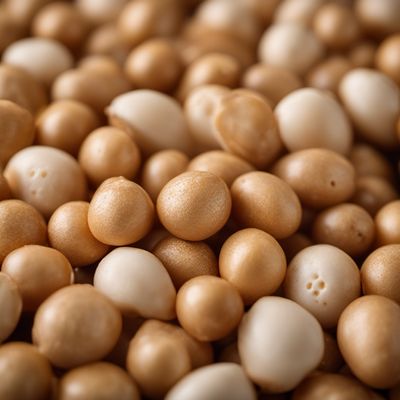
Cod
The Versatile Delight

Pollack, pollock
Versatile White Fish

Grenadiers
Exquisite Ocean Gems

Alaska pollock
The Versatile Delight: Alaska Pollock
Recipes using Ling

Homemade Matcha Neri Yokan
Matcha Delight: Homemade Japanese Green Tea Jelly

Ttongppang - Korean Fish-Shaped Sweet Red Bean Bread
Seaside Delights: Korean Fish-Shaped Sweet Red Bean Bread

Refreshing Mango Patbingsu
Tropical Delight: Mango Patbingsu - A Korean Summer Sensation

Namagashi: Delicate Japanese Sweet Treats
Sakura Delights: Exquisite Namagashi for a Taste of Japan

Aiyùbīng with a Northeastern American Twist
Refreshing Aiyùbīng: A Taste of Taiwan with a Northeastern American Twist

Kashiwa-mochi: Traditional Japanese Sweet Rice Dumplings
Delicate Delights: Kashiwa-mochi - A Taste of Japan's Sweet Tradition

Brandenburg Berry Delight
Refreshing Summer Berry Dessert with a Brandenburg Twist

Aiyùbīng - Refreshing Taiwanese Jelly Dessert
Summer Delight: Aiyùbīng - A Taiwanese Jelly Extravaganza

Sai Mai Lou - Chinese Coconut Milk Dessert
Coconut Bliss: A Delightful Chinese Dessert

Sakuramochi - Cherry Blossom Rice Cakes
Cherry Blossom Delight: Homemade Sakuramochi Recipe
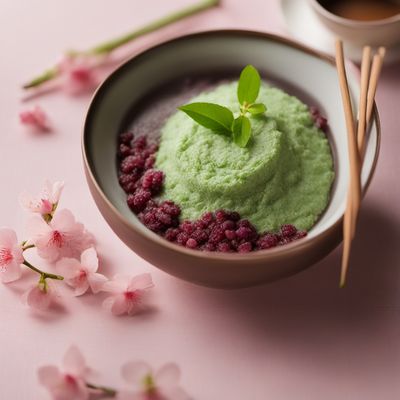
Hanabiramochi with Matcha Cream
Sakura Blossom Delight: Hanabiramochi with Whipped Matcha Cream